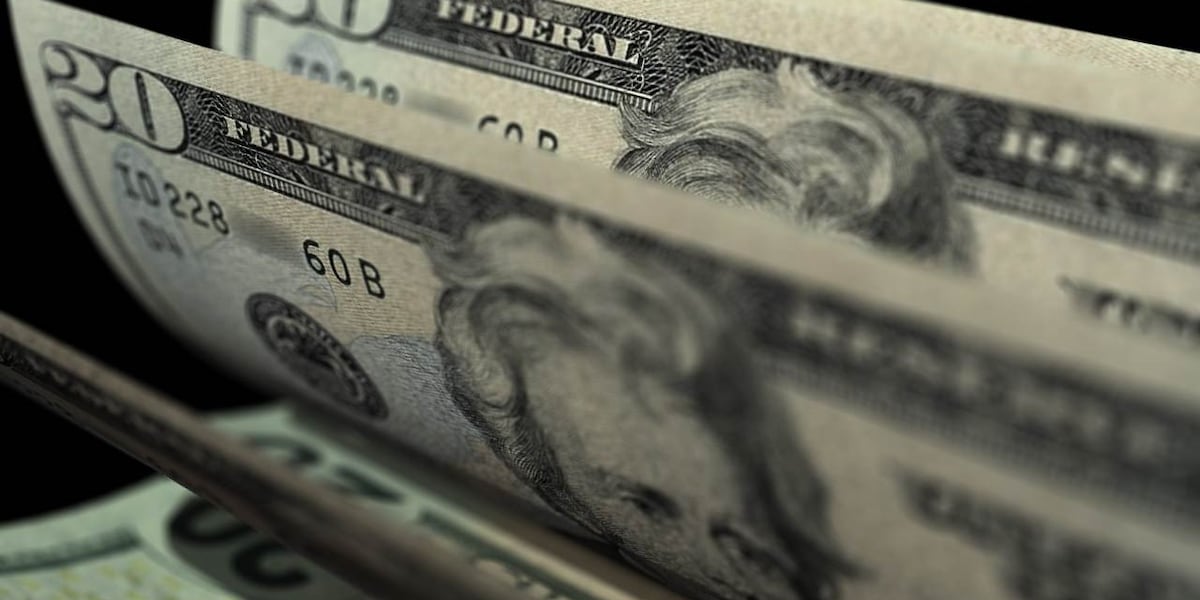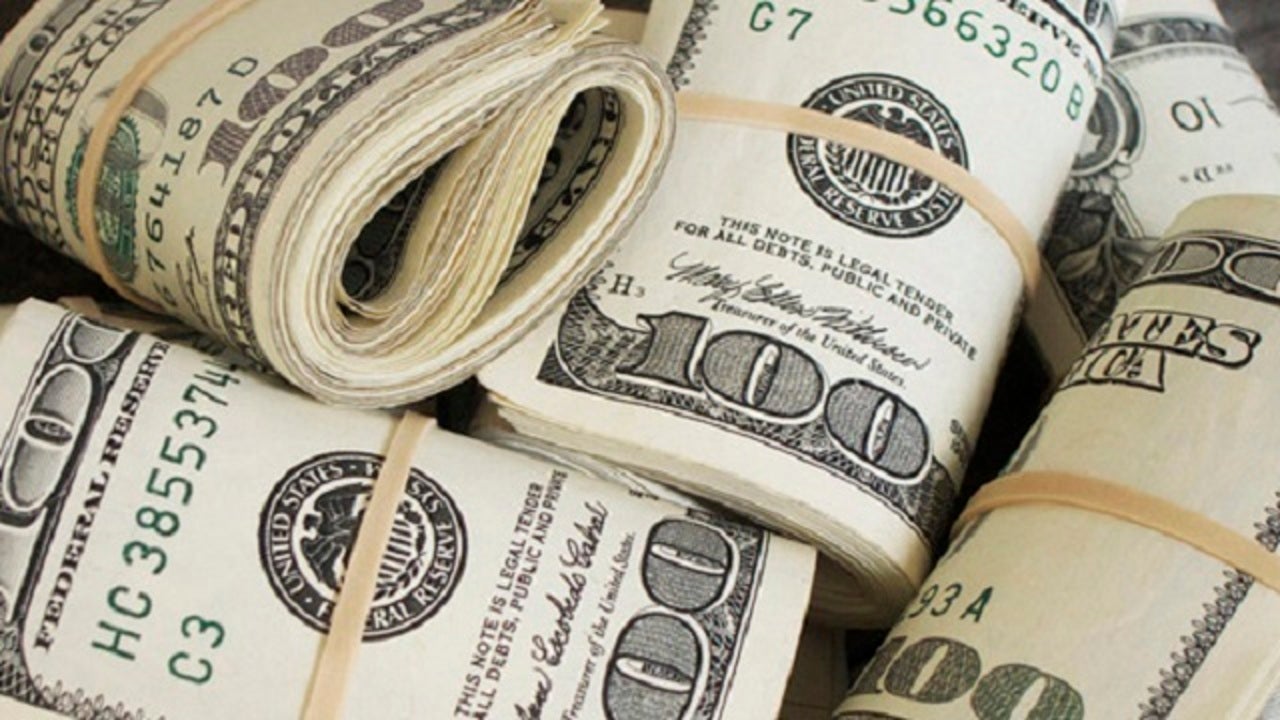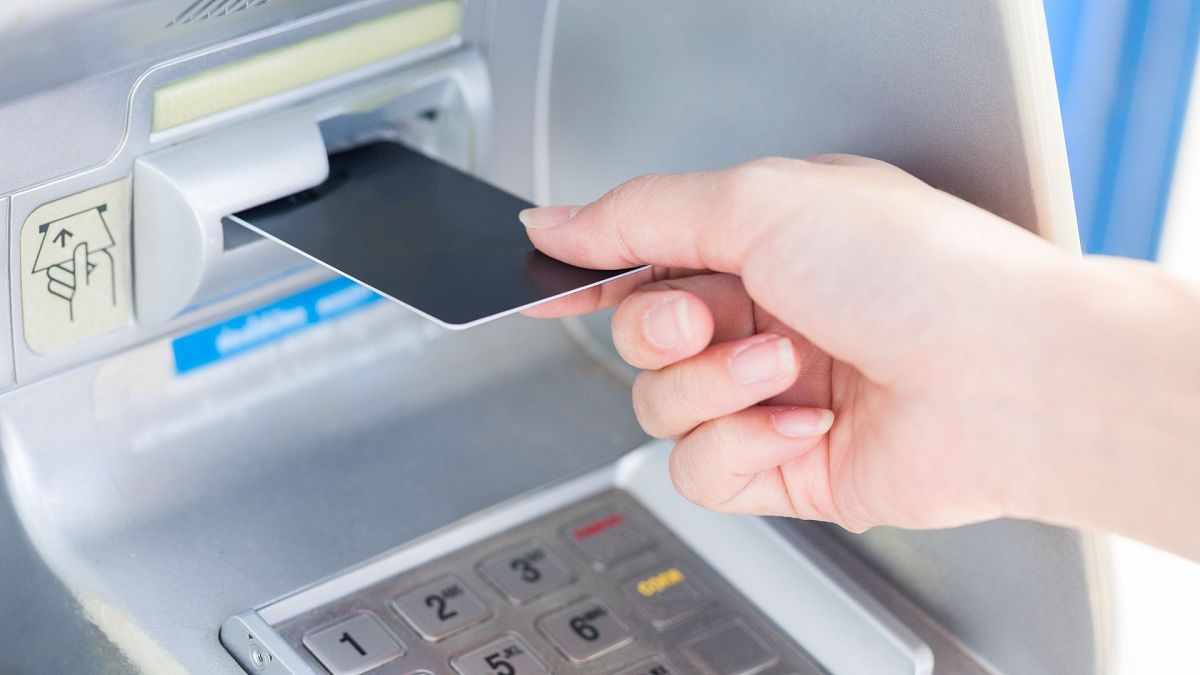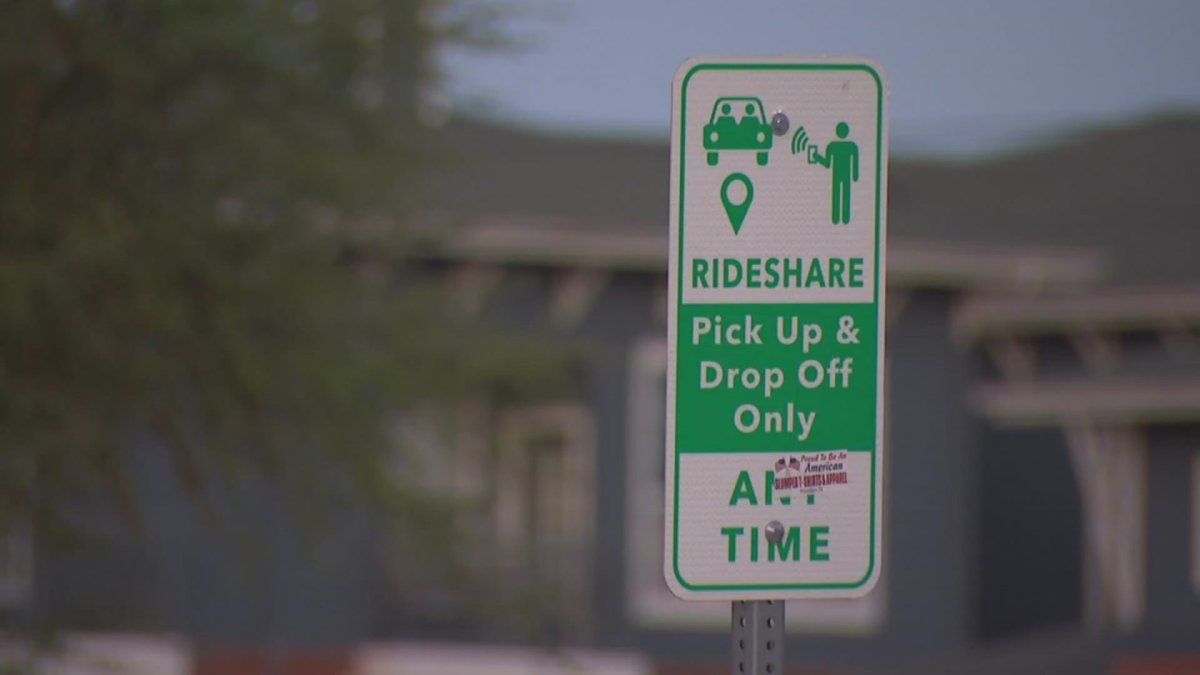Crypto
Getting rich from the crypto rally? Here's how to lock in gains and avoid a crash.
- Bitcoin approached $100,000 as crypto markets surged after Trump’s election victory.
- But crypto is a volatile and risky asset class.
- Taking profits, setting stop-losses, and diversifying into other assets are ways to reduce risk.
Christmas came early for crypto investors.
Ever since Donald Trump’s victory in the presidential election, cryptocurrency markets have been ebullient. Bitcoin, the crypto poster child, has continuously hit new highs this month, sending its price within striking distance of $100,000.
If you’ve been lucky enough to see some of these returns, you might also be worried about an impending crash, as crypto prices tend to be volatile.
While it’s common in crypto circles to glorify “HODLing” or “holding on for dear life” and resist the urge to sell your positions, this can prove to be an imprudent strategy.
Take the story of Glauber Contessoto, for example. The 37-year-old crypto trader became a Dogecoin millionaire in 2021 after his initial $250,000 investment in Dogecoin ballooned in just three months. Then things turned south.
“At the very top, my Dogecoin was worth $3 million. And then after that, the bear market came, and crypto in general dipped down,” Contesso told Business Insider in an interview. “I saw my portfolio go from $3 million all the way back down to about $200,000.”
With crypto assets enjoying another rally, Contessoto says he plans to approach things differently this time, taking profits earlier and diversifying. These are common strategies for investors to lock in gains and reduce the risk of losing their money if prices crash.
Here are some ways experts recommend reducing risks after a big run-up.
Profit-taking strategies
First, have a plan for getting out of an asset.
It’s important to have an exit strategy to minimize potential losses, especially with a risky asset class such as cryptocurrency. According to Fidelity Investments, it’s never too early to start thinking about one. While an exit strategy will be tailored to individual investor risk tolerance and preference, there are a few general guidelines.
When it comes to realizing gains, have a rough idea of how much money you want to make from your cryptocurrency investment, according to the cryptocurrency platform Digital Surge. The best way to realize gains is to start taking profits incrementally once your asset has appreciated to a certain level. For example, you could follow a rule such as taking 5% of profits for every 25% increase in price.
Don’t underestimate how volatile the crypto market is. One common strategy among crypto investors who have seen significant price appreciation is to at least take profits in the amount of your initial investment.
Set up stop-losses
Nobody likes to think about losing money, but having a plan for when your investment isn’t performing well is important for good portfolio management.
Consider setting up a stop-loss to automatically cash out of your position if your cryptocurrency falls below a certain price, saving you from the hassle of constantly monitoring the price of your crypto assets. These can be a fixed price or can trail your investment’s price gains by a certain percentage amount.
Diversify
Your investing strategy will depend on your risk tolerance, but one way to lower downside risk is to spread your money across a number of assets. Contessoto has his entire portfolio in various cryptocurrencies, but even that is a very risky approach. Cannon doesn’t advise following in his footsteps: “Even if you’re a 100% believer, just having your entire net worth in one asset class is risky.”
“If they have their entire net worth tied up in cryptocurrency, I believe that they should diversify,” Cannon added. He suggests stock-market index funds as a starting point to derisk a cryptocurrency-heavy portfolio.
Especially with meme coins like Dogecoin, seemingly arbitrary events can trigger massive swings in cryptocurrency prices, making diversification all the more necessary. In 2021, the Dogecoin rally was fueled largely in part by Elon Musk’s tweets supporting the cryptocurrency. And recently, Dogecoin spiked 15% after news broke of Elon Musk’s appointment as co-head of the Department of Government Efficiency.
At the end of the day, Contessoto embraces the volatility that comes with investing in Dogecoin and other meme coins. After all, it’s pretty unlikely that you’ll be able to quadruple your initial investment and become a millionaire in just a few months if you buy a more traditional, stable asset.
Don’t take Contessoto’s strategy as financial advice, though. It’s easy to glamorize the success stories, but there’s no doubt that investing in cryptocurrency is risky — especially when it comes to meme coins.
“These things are super high risk,” Contessoto said. “They hit and you make life-changing money, but when they don’t, you lose everything.”
Check out Business Insider’s picks for the best cryptocurrency exchanges

Crypto
Bitcoins, Physical Cryptocurrency in Stack’s Bowers Spring 2025 Showcase Auction

Stack’s Bowers Galleries is announcing the Physical Bitcoin and Cryptocurrency Session of their Spring 2025 Showcase Auction, hosted live on Thursday, April 3 at 9:00 AM PDT (12:00 PM ET).
Presented are more than 60 crypto lots that span from the classic Casascius and Lealana rarities of the early 2011-2014 period, to more modern collector favorites from the BTCC, BlueBits, Kialara, Alpen Coin, Satori, Polymerbit, and other series. This sale is also significant for marking the firm’s fourth Spring Showcase Auction to feature a dedicated crypto offering since they entered the category in 2021.
The sale begins with a strong selection of rarities from the Casascius series highlighted by a magnificent 5 Bitcoin graded MS-66 (PCGS). This is accompanied by many other collector favorites such as silver examples of the 0.1 Bitcoin and 0.5 Bitcoin, as well as a selection of brass 1 Bitcoin pieces including the prized 2011 “Error” variety.
The sale also features a strong offering of coins from the BTCC series, consistently one of the most prized among collectors. There are examples of four different Poker Chip denominations highlighted by a 0.1 BTC Black Chip, as well as a range of Redeemed examples including a 0.025 BTC Green Chip and a Titanium 0.5 BTC.
The Lealana series is represented by a wide range of types from the classic 2013 issues such as rare three-piece set of silver coins (including a legendary “Gold B” 1 Bitcoin), a Pattern 0.5 BTC with experimental finish, and more modern favorites like the Grim Reaper and King Kam issues.
The Spring 2025 Showcase Auction is currently posted at StacksBowers.com for viewing and pre-sale bidding. The live Physical Cryptocurrency session will be held on Thursday, April 3 at 9:00 AM PDT (12:00 PM ET). Stack’s Bowers Galleries also invites consignments to their June 2025 Cryptocurrency Auction which will be promoted at the firm’s booth at the 2025 Bitcoin Conference in Las Vegas, Nevada, May 27 through 29.
For questions about the Spring Crypto auction or to consign your coins to a future sale, contact Stack’s Bowers Galleries at [email protected] or 800-566-2580.
* * *
Crypto
You’ve Seen These Words. You Have No Idea What They Mean. Unfortunately, You Really Need To Now.
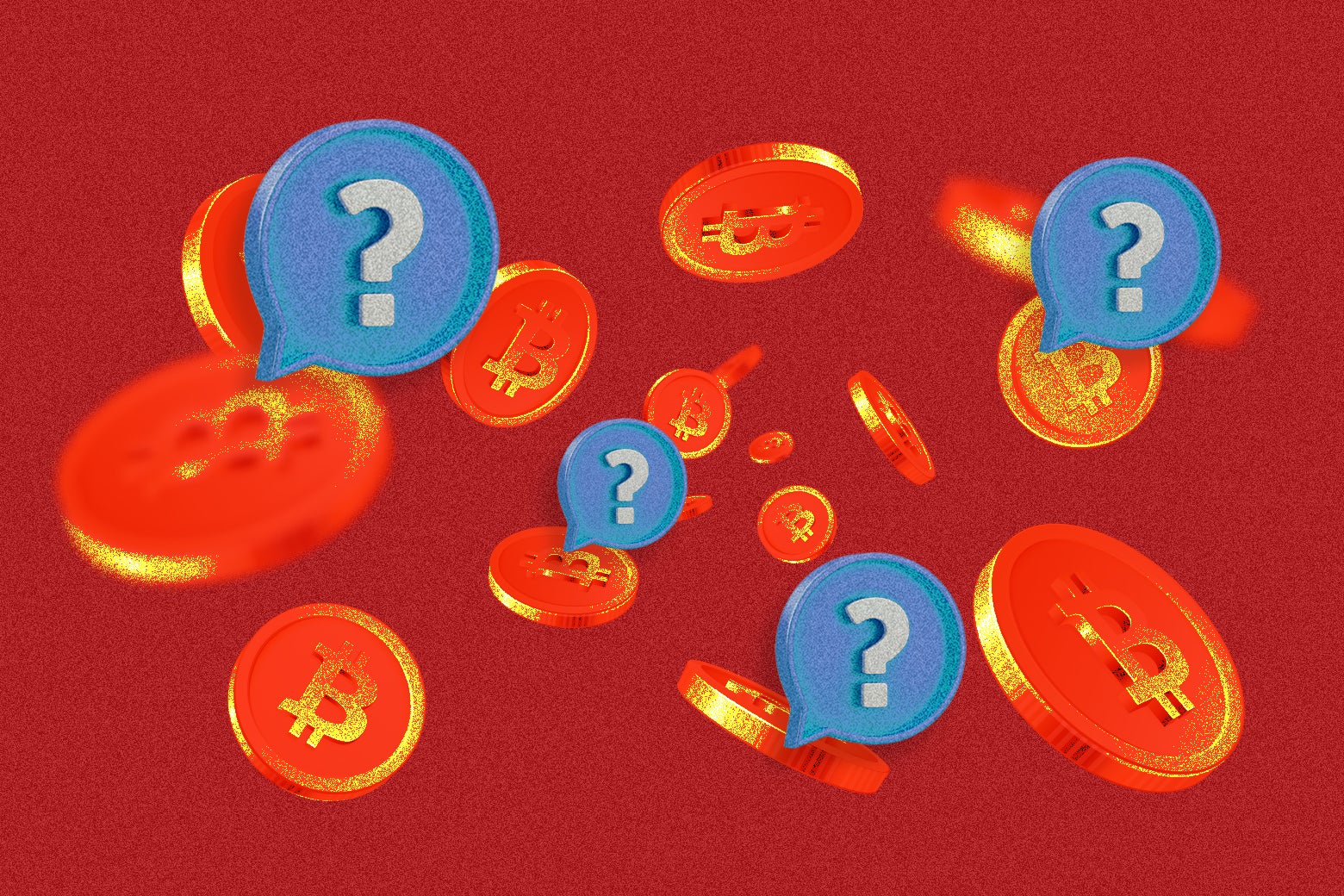
This is part of Trump’s Great American Crypto Scam, a series about the catastrophic collision between the second Trump administration and the wild world of cryptocurrency. Read it all here.
Crypto is hard to talk about. Not in that it’s an emotionally heavy subject—it very much is not—but in that crypto people have, in the span of just a few years, created an entire new cottage industry of jargon that is exhausting to follow. If you are not totally enmeshed in the world of crypto, then first, congratulations. But second, you may find it useful to know a few of the terms that tend to fly around during conversations about crypto and its connoisseurs.
cryptocurrency (noun)—Electronic money, basically. Cryptocurrency is different from regular money in that it lacks the backing of either some precious metal (like gold) or the full faith and credit of a country. It does have a ledger of transactions in a place (the blockchain) where everyone can see how it has changed hands (if not exactly to whom).
What gives cryptocurrency value if not physical or governmental backing, then? For now, not much, other than the belief that other people will ultimately want to buy it. (It can get a little more complicated. See: stablecoin (noun).)
blockchain (noun)—The place where records of crypto transactions are kept, like a bank statement, but for crypto. One thing that makes cryptocurrency so different is that because it is on the blockchain, the transaction list is accessible to anyone who knows how to peruse it. (Actually, though, navigating to a blockchain explorer is a bit like putting a fire hose in your mouth.)
But to back up even further, the creation of the blockchain is what enabled cryptocurrency’s existence. To not get too computers about it, the blockchain is a digital record that cannot be hacked or changed, even though it is accessible. Its creation in 2009 was heralded as a breakthrough for important innovations like unhackable elections and recordkeeping, but it also established a system that could essentially work to undergird the basis of an online monetary system, aka cryptocurrency.
Bitcoin (noun)—The main cryptocurrency and the one that the most people are willing to buy at any given time. Its creator is an anonymous white paper author who goes by the name Satoshi Nakamoto. A Bitcoin is worth about $80,000 these days, give or take, though it crossed $100,000 for the first time in 2024. It goes up and down a lot, but if you were to pick one direction over its history to date, it’s definitely been up.
Coinbase (noun)—The most prominent American crypto exchange, run by Brian Armstrong. Like a bank for crypto. Publicly traded, which makes its operations more transparent than most of its peers’. Not especially decentralized, despite its CEO’s constant reminders that crypto is decentralized.
crypto exchange (noun)—A hub for people to put their crypto, and where the exchange takes over the management of that crypto. A way to own crypto without having to think too much about the mechanics of it or risk losing it (unless the exchange turns out to be fraudulent, as some have, in which case customers without any insurance may lose their deposits). Think of a crypto exchange as the bank and the blockchain as the vault.
NFT (noun)—Some digital thing that is minted as being a novelty—not unlike a special-edition baseball card with only one copy made. The market has cooled a lot since NFTs went mainstream in early 2021. Some are sort of passable as being real, unique things (like specially coded NBA highlight videos on digital cards, licensed by the NBA), while other NFTs bear no connection to the object being represented and amount to pure theft. Related to crypto in that people tend to buy NFTs with crypto, and NFTs draw on crypto tech like blockchains.
tokenize (verb)—To take a real thing and embody it in a token. As in: My name is Alex, and I could tokenize myself by launching AlexCoin. Would you buy me?
Bitcoin mine (verb)—To drain the world’s power grids so that some guys can get more Bitcoins after they are launched into circulation. The actual act of mining involves computer whizzes trying to solve a numerical puzzle; the first miner to solve it gets the newly created Bitcoin.
Ethereum (noun)—Another cryptocurrency. It’s the Scottie Pippen to Bitcoin’s Michael Jordan. As a piece of crypto technology, its people like the term digital vending machine, because it automates the process of paying for something, eliminating the need for a middleman. Most crypto is a payment object, but Ethereum is also a payment process.
stablecoin (noun)—A crypto token whose value is pegged to something else, like a currency.
Tether (noun)—The biggest stablecoin, pegged to the U.S. dollar. In case the U.S. dollar wasn’t working for you.
pump and dump (noun, verb)—The practice of owning an asset, talking it up, and selling it at an inflated price to the losers who believe you. Historically popular with stocks (see: GameStop) but now a real boom sector in crypto. Because in crypto, the literal creators of coins can be the ones doing it. See: “Hawk Tuah” Girl, the twentysomething who tried to capitalize on her viral fame by launching a crypto project that quicky fell apart. (She claims she didn’t personally sell any holdings, but some major holders made a few million dollars off the whole thing.)
rug pull (noun, verb)—In crypto, often the dump part of pump and dump, when a coin’s developers exit the project and leave poor saps holding worthless junk.
shit coin/meme coin (noun)—A crypto token that has no animating ideology behind it other than to have a little fun. Can morph into a regular-ish coin with enough momentum (see: the next item on this list).
Doge (cryptocurrency) (noun)—Dogecoin is a crypto token (not exactly a cryptocurrency, in that I’m not aware of many people dreaming about using it as currency) based on a picture of a dog that got really hot during the GameStop/AMC meme stock mania of early 2021. The dog looks like this:
The coin has hung around, thanks in part to publicity from celebrities like Elon Musk. It is currently valued at about 20 cents, which is not that much.
DOGE (pseudo–governmental entity) (noun)—Elon Musk’s crew of often unqualified and sometimes wildly racist underlings who began torching the federal government as the Department of Government Efficiency in winter 2025. Not related to the coin, but the acronym isn’t a coincidence.
Poloniex (noun)—A crypto exchange that lost $120 million in a hack in 2023. Put your money wherever you want. It’s not my money! But yes, this kind of thing can happen.
World Liberty Financial (noun)—A crypto venture designed to migrate money from enthusiastic supporters of Donald Trump to the president and his business associates. It created both the Trump coin and the Melania coin, both of which launched soon after the inauguration and are largely viewed as a money grab.
Tron (noun)—A blockchain that works kind of like Ethereum, with its “smart contract” functionality. But also: founded by a guy whom the Securities and Exchange Commission has accused of a variety of financial misdeeds, including fraud.
broligarchy (noun)—Slang for Silicon Valley guys who think they should be the world’s molders. As of early 2025, their project had momentum. (See: Musk, Elon, and the All-In podcast, which features a co-host who is a South African investor—and now the White House’s A.I. and crypto “czar.”)
Fairshake (noun)—Just some crypto professionals who believe that their industry deserves a fair shake! In reality, this is an industry super PAC that wants favorable crypto laws and regulations. It spent about half the corporate money of the entire 2024 election cycle to make sure the industry would get them.
Securities and Exchange Commission (noun)—A governmental agency that at one point was hostile to crypto but now lets crypto companies do whatever they want.
Federal Trade Commission (noun)—An agency that was very hawkish on antitrust and consumer protections during the Biden administration. Has a webpage on how to spot crypto scams, which hasn’t yet been taken down, but stay tuned.
Consumer Financial Protection Bureau (noun)—Federal agency signed into creation by Barack Obama, with the idea being that it would protect consumers from scams. For some reason, the crypto industry doesn’t like it. It’s been one of DOGE’s first targets, and its survival is the subject of ongoing litigation.
This work is made possible by Slate Plus. Please consider supporting our coverage of the second Trump administration—we won’t even make you pay in $bwainwuhm.
Crypto
Crypto bro buys storied Lower Haight beer bar. Will launch ‘ToronadoCash’ coin

The Toronado Pub is a celebrated Haight Street destination for beer enthusiasts — winning the top spot as the best beer bar in the world according to 2024 Reader’s Choice rankings. It offers 50 draft taps, three cask hand-pulls, and a collection of over 90 canned and bottled beers.
“The seasoned patina in the interior is earned, with layers of Trappist ale signs, brewery stickers, vintage bottles, and more that has accumulated over the years — you can’t design this vibe; you can only nurture it over decades,” reads the property listing that went live in January, with an asking price of $1.75 million for the property and business.
But something smells off to fans of the bar, as Parrott also plans to “kickstart a token ecosystem” named ToronadoCash. In the VC chat group, he asks for investors to form a $250,000 “liquidity pool,” which he describes as “a rare insider opportunity for core team & friends.”
“I think it’s probably antithetic to the impression I had of the bar,” said a source with knowledge of the deal. “It’s emblematic of a larger problem in San Francisco: tech bros coming in and buying a 40-year-old institution and making a coin out of it and all that stuff.”
Two neighborhood residents who were mounting their own bid echoed that sentiment. Reacting to the news of the sale, Aaron, 41, and Cody, 37, who have lived nearby for about 10 years and describe themselves as “skate buds,” said the sale to a crypto investor who wants to launch some kind of coin feels like “bringing a Tesla to a hot rod meet.”
The two said they submitted an offer letter to buy the bar and signed a contract to be a potential buyer, but they weren’t able to come up with enough money in time.
“We wanted to keep the bar exactly how it was and have local people do food pop-ups and record swaps, DJ nights, to bring a younger crowd into the bar,” Cody said. “[This] is like filming a Black Sabbath concert with your cellphone; it’s just not it,” Aaron added. (Both declined to give their last names.)
Parrott said ToronadoCash is a play on words referencing a controversial cryptocurrency called Tornado Cash that aims to obscure transactions.
“We’re not going to be controversial like that, but since the bar is called Toronado, there is an opportunity,” Parrott told The Standard. “We’re going to explore that down the road and again — not changing anything about the bar.”
Parrott kept his plans for the bar close to the chest. But a recent post on his X account offers a glimpse of his feelings about the takeover of beloved institutions by private investors.
-

 News1 week ago
News1 week agoTrump Administration Ends Tracking of Kidnapped Ukrainian Children in Russia
-

 World1 week ago
World1 week agoCommission warns Alphabet and Apple they're breaking EU digital rules
-

 News1 week ago
News1 week agoZelenskyy says he plans to discuss Ukraine ceasefire violations in a call with Trump
-

 News1 week ago
News1 week agoTrump’s Ending of Hunter Biden’s Security Detail Raises Questions About Who Gets Protection
-

 Culture1 week ago
Culture1 week agoJack Draper’s tennis: How embracing variety took him to Indian Wells title
-

 Technology1 week ago
Technology1 week agoGoogle’s Pixel Tablet is $120 off ahead of Amazon’s spring sales event
-

 Technology1 week ago
Technology1 week agoStreaming services keep getting more expensive: all the latest price increases
-

 News1 week ago
News1 week agoNASA Astronauts Don’t Receive Overtime Pay for Space Mission But Get $5 a Day
